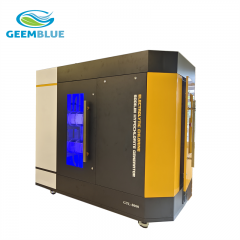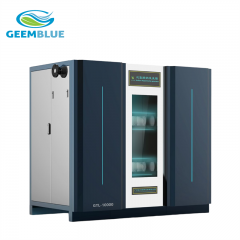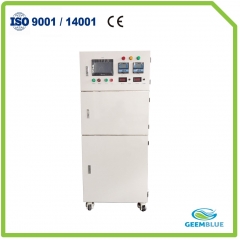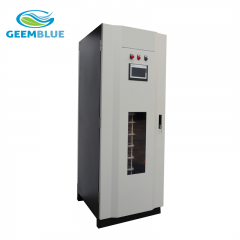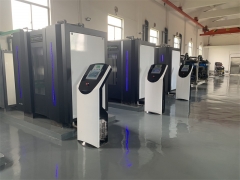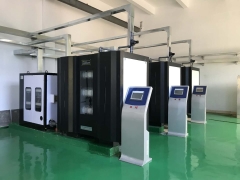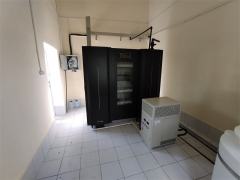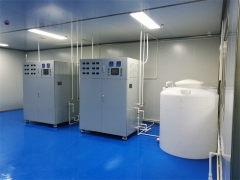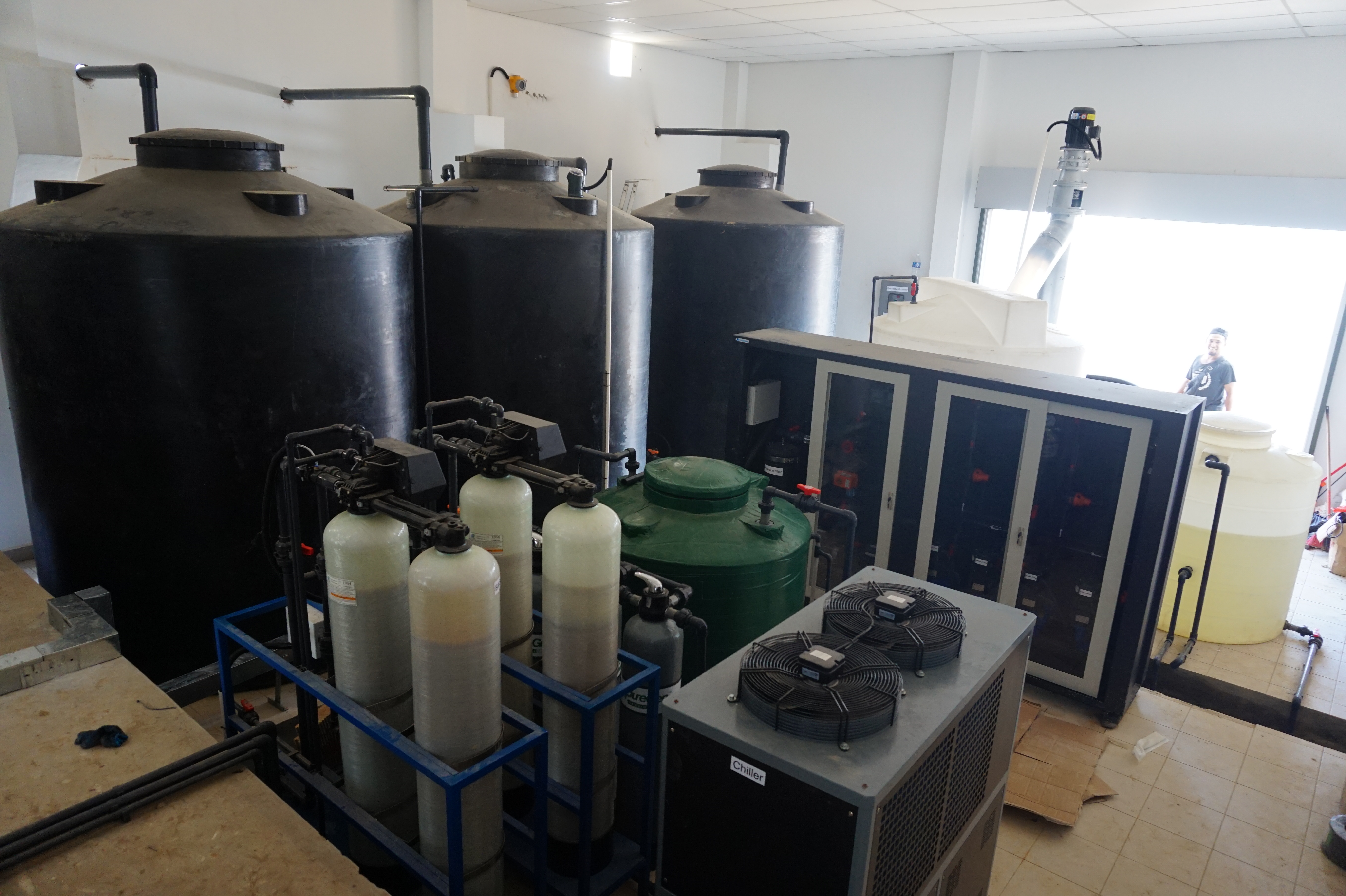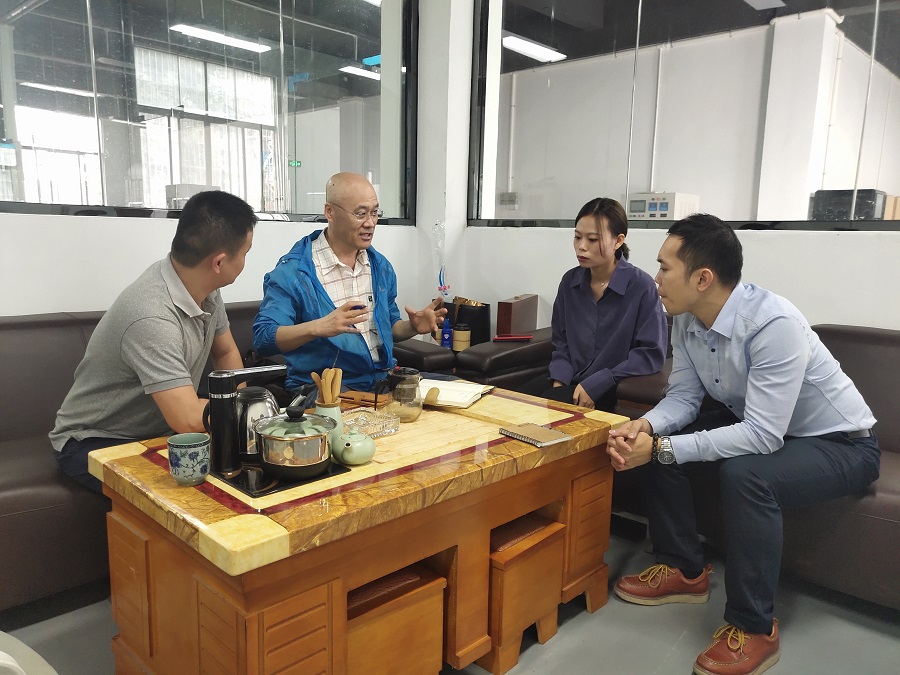FAQ for sodium hypochlorite
What does chlorine do?
Chlorine is a biocide and is toxic to microorganisms via oxidation reactions within them. Chlorine disturbs the production of ATP (adenosine triphosphate), an essential compound for the respiration of microorganisms, such as bacteria and virus, thereby killing them. It does not purify or clean the water by removing debris; it just kills it so that the stuff doesn’t grow or breed. In 1908, chlorine was used for the first time as a primary disinfectant of drinking water in Jersey City, New Jersey, and chlorine water saved thousands of lives in World War I when it was used to wash wounds.
What is sodium hypochlorite?
Sodium Hypochlorite is a member of the chlorine family of disinfectants. Sodium Hypochlorite is a chemical compound made up of the elements: sodium, oxygen, and chlorine and is formed from salt and water.
What does hypochlorite do?
Sodium Hypochlorite is a disinfectant…in other words, it kills organisms such as bacteria and viruses and also aquatic life forms, i.e. mussels, algae, etc. It does not purify or clean the water by removing debris; it just kills it so that the stuff doesn’t grow or breed. On one project, Electrichlor was called upon to commission it’s system prior to project water flow in order to prevent any microbially-induced corrosion (MIC) from attacking the steel piping.
Can water be purified with it?
No, it can only be sterilized. The matter is not removed as it would be by filtration or RO.
Can I drink it?
Yes, you probably have been drinking it all of your life as the “Safe Drinking Water Act” (SDWA) requires disinfecting all drinking water. It has been adopted in the United States and also many other countries around the world. It has prevented many diseases and outbreaks of typhoid, dysentery and cholera epidemics. However, there are limits to the amount of chlorine that is safe to drink. The USEPA requires a public water system maintain a residual of 1mg/l throughout its service lines. If you have felt ill after you drank more than your share of swimming pool water in a day’s time, you probably ingested much more than 10 mg/l of chlorine as well as all the dead matter in the water as well (we won’t name those things but we’re sure you could remember some of them).
Can I make bleach like the ones in the store?
No, the bleach in a bottle is often 3.5%-5.5%. The process to make that is totally different than our process.
Is this hypochlorite hazardous?
No, our technology limits the concentration to less than 1%, and that’s a good thing as EPA says that concentrations of bleach are hazardous above 1%.
What do I need in order to make hypochlorite?
Salt is the basic ingredient required to make hypochlorite. The oceans vary from around 2% to slightly more than 4% with 3.5% being the average. We have units operating around the world where the salt level is at both ends of the spectrum.
How much power is needed to produce hypochlorite?
While there are several factors that come into play here, the power required is less than 4 kW of power for every kilogram of chlorine isolated as sodium hypochlorite. This term is used because the unit of measure is for the chlorine ion. So, when comparing other forms of chlorine, one must make the other forms equal chlorine values. For example, 13% bleach must be multiplied by a factor of about 7.7 to equal 100% chlorine availability.
How long will hypochlorite last?
Hypochlorite is in the halogen family and has an extremely strong negative charge. It wants to combine with positively charged particles, such as sodium, and will do so when a metal, such as sodium, or organic matter, is available. Sodium hypochlorite is not a stable compound and will begin to revert back into salt water in a sliding scale starting with less than an hour in a 0.8% concentration to several months in a 0.15% concentration.
How is the hypochlorite used?
The primary use of the hypochlorite manufactured by electrolysis is for disinfection. However, it is sometimes used to combine with other chemicals to make a more stable, non-reactive compound.
What kind of piping do I need?
PVC piping and fittings are recommended as they are not affected by hypochlorite or acid used for cleaning purposes. PVC, CPVC, Polypropylene, Polyethylene are all suitable for hypochlorite.
What are the bubbles in the solution?
The bubbles that form in the electrolytic cells are H2 that have collected at the cathode. It is a byproduct of the process but is not produced in sufficient quantity to be commercially attractive. In other words, the “strain is not worth the gain”.
Chlorine is a biocide and is toxic to microorganisms via oxidation reactions within them. Chlorine disturbs the production of ATP (adenosine triphosphate), an essential compound for the respiration of microorganisms, such as bacteria and virus, thereby killing them. It does not purify or clean the water by removing debris; it just kills it so that the stuff doesn’t grow or breed. In 1908, chlorine was used for the first time as a primary disinfectant of drinking water in Jersey City, New Jersey, and chlorine water saved thousands of lives in World War I when it was used to wash wounds.
What is sodium hypochlorite?
Sodium Hypochlorite is a member of the chlorine family of disinfectants. Sodium Hypochlorite is a chemical compound made up of the elements: sodium, oxygen, and chlorine and is formed from salt and water.
What does hypochlorite do?
Sodium Hypochlorite is a disinfectant…in other words, it kills organisms such as bacteria and viruses and also aquatic life forms, i.e. mussels, algae, etc. It does not purify or clean the water by removing debris; it just kills it so that the stuff doesn’t grow or breed. On one project, Electrichlor was called upon to commission it’s system prior to project water flow in order to prevent any microbially-induced corrosion (MIC) from attacking the steel piping.
Can water be purified with it?
No, it can only be sterilized. The matter is not removed as it would be by filtration or RO.
Can I drink it?
Yes, you probably have been drinking it all of your life as the “Safe Drinking Water Act” (SDWA) requires disinfecting all drinking water. It has been adopted in the United States and also many other countries around the world. It has prevented many diseases and outbreaks of typhoid, dysentery and cholera epidemics. However, there are limits to the amount of chlorine that is safe to drink. The USEPA requires a public water system maintain a residual of 1mg/l throughout its service lines. If you have felt ill after you drank more than your share of swimming pool water in a day’s time, you probably ingested much more than 10 mg/l of chlorine as well as all the dead matter in the water as well (we won’t name those things but we’re sure you could remember some of them).
Can I make bleach like the ones in the store?
No, the bleach in a bottle is often 3.5%-5.5%. The process to make that is totally different than our process.
Is this hypochlorite hazardous?
No, our technology limits the concentration to less than 1%, and that’s a good thing as EPA says that concentrations of bleach are hazardous above 1%.
What do I need in order to make hypochlorite?
Salt is the basic ingredient required to make hypochlorite. The oceans vary from around 2% to slightly more than 4% with 3.5% being the average. We have units operating around the world where the salt level is at both ends of the spectrum.
How much power is needed to produce hypochlorite?
While there are several factors that come into play here, the power required is less than 4 kW of power for every kilogram of chlorine isolated as sodium hypochlorite. This term is used because the unit of measure is for the chlorine ion. So, when comparing other forms of chlorine, one must make the other forms equal chlorine values. For example, 13% bleach must be multiplied by a factor of about 7.7 to equal 100% chlorine availability.
How long will hypochlorite last?
Hypochlorite is in the halogen family and has an extremely strong negative charge. It wants to combine with positively charged particles, such as sodium, and will do so when a metal, such as sodium, or organic matter, is available. Sodium hypochlorite is not a stable compound and will begin to revert back into salt water in a sliding scale starting with less than an hour in a 0.8% concentration to several months in a 0.15% concentration.
How is the hypochlorite used?
The primary use of the hypochlorite manufactured by electrolysis is for disinfection. However, it is sometimes used to combine with other chemicals to make a more stable, non-reactive compound.
What kind of piping do I need?
PVC piping and fittings are recommended as they are not affected by hypochlorite or acid used for cleaning purposes. PVC, CPVC, Polypropylene, Polyethylene are all suitable for hypochlorite.
What are the bubbles in the solution?
The bubbles that form in the electrolytic cells are H2 that have collected at the cathode. It is a byproduct of the process but is not produced in sufficient quantity to be commercially attractive. In other words, the “strain is not worth the gain”.

